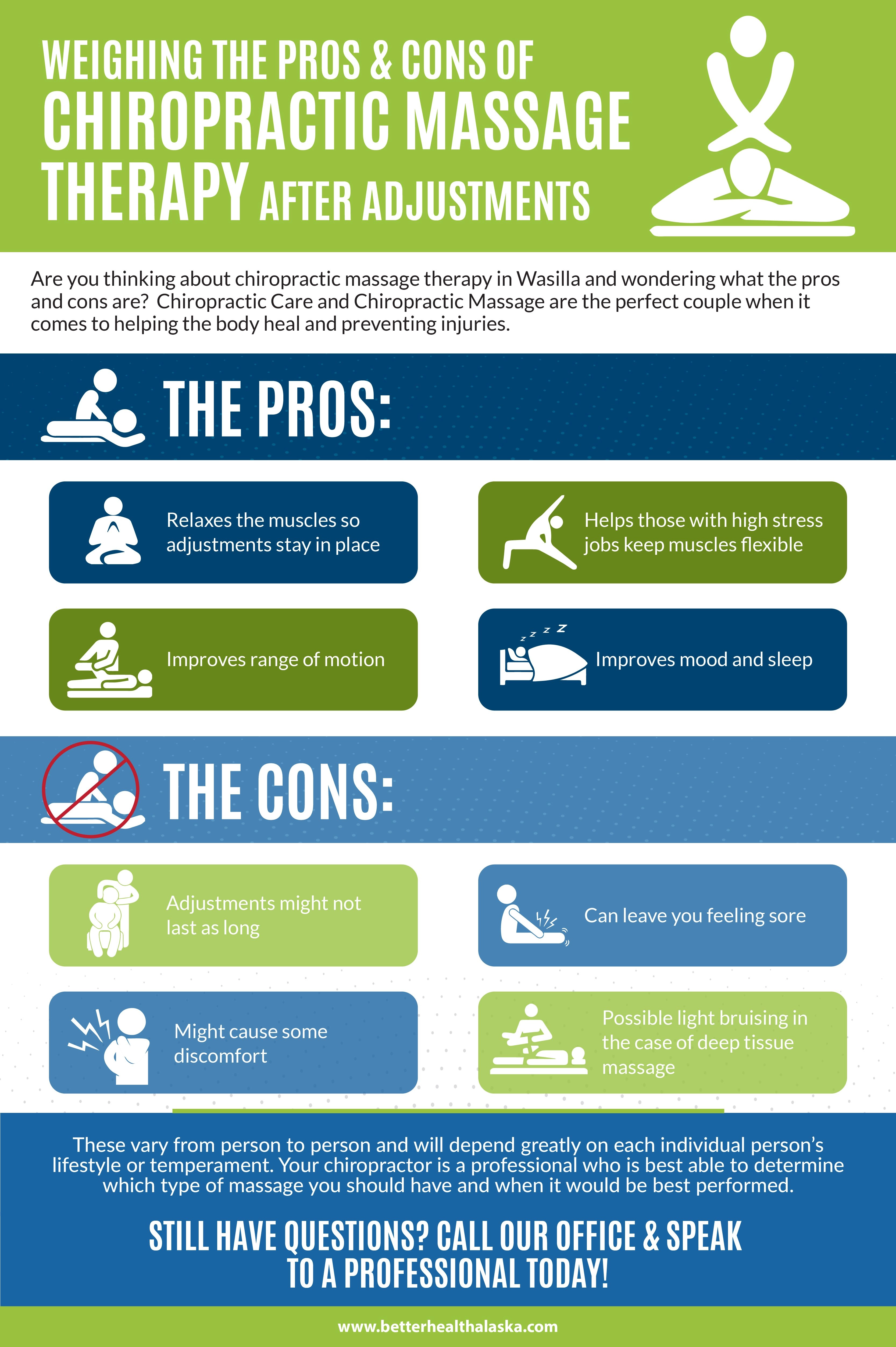The Partnership Between Pose And Neck And Back Pain: Approaches For Keeping Appropriate Positioning Throughout The Day
The Partnership Between Pose And Neck And Back Pain: Approaches For Keeping Appropriate Positioning Throughout The Day
Blog Article
Created By-Conway Ritchie
Keeping proper pose isn't almost staying up directly; it's about straightening your body in a way that supports your spinal column and lowers the risk of neck and back pain. The way you sit, stand, and relocate throughout the day can dramatically influence your spine health. But just how exactly can you guarantee great alignment consistently, also during hectic days filled with various activities? Let's dig deeper right into the refined yet impactful adjustments you can make to your daily regimen to maintain your back happy and healthy.
Value of Appropriate Pose
Appropriate posture is essential in keeping a healthy and balanced back and avoiding discomfort. When you rest or stand with good stance, your back is in positioning, reducing pressure on your muscle mass, ligaments, and joints. This positioning permits the body to disperse weight evenly, stopping too much anxiety on specific locations that can bring about pain and discomfort. By maintaining your spine appropriately straightened, you can also boost your breathing and digestion, as slouching can press organs and restrict their functionality.
Furthermore, maintaining good pose can improve your general appearance and confidence. When you stand tall with your shoulders back and head held high, you radiate self-confidence and appear more approachable. Good pose can additionally make you feel extra stimulated and alert, as it promotes correct blood circulation and enables your muscle mass to function effectively.
Integrating appropriate stance into your daily routine, whether resting at a desk, walking, or working out, is important for protecting against pain in the back and promoting overall wellness. Keep in mind, a small adjustment in just how you hold yourself can make a substantial difference in just how you feel and work throughout the day.
Common Postural Mistakes
When it comes to preserving excellent stance, numerous individuals unwittingly make common mistakes that can add to neck and back pain and pain. Among the most common errors is slumping over or hunching over while sitting or standing. This setting places too much strain on the back and can bring about muscular tissue imbalances and pain in the long run.
One more common error is overarching the lower back, which can squash the all-natural contour of the spinal column and trigger pain. Additionally, going across legs while sitting might really feel comfortable, however it can develop an imbalance in the hips and hips, causing postural issues.
Making use of a pillow that's also soft or as well strong while sleeping can also affect your placement and contribute to back pain. Lastly, constantly craning your neck to look at screens or adjusting your position regularly can strain the neck and shoulders. Bearing in mind these usual postural mistakes can help you keep better alignment and reduce the risk of back pain.
Tips for Correcting Alignment
To improve your alignment and reduce neck and back pain, it's necessary to focus on making small modifications throughout your daily regimen. Begin by bearing in mind your position. When resting, guarantee your feet are level on the flooring, your back is straight, and your shoulders are unwinded. Avoid slouching or leaning to one side. Use ergonomic chairs or cushions to sustain your lower back.
When standing, distribute your weight equally on both feet, maintain your knees somewhat curved, and embed your hips. Engage your core muscle mass to sustain your spine. Take back muscles pain to extend and walk around if you have a sedentary task. Include workouts that reinforce your core and back muscles, such as slabs or bridges.
While sleeping, use a pillow that sustains the natural contour of your neck to maintain correct back placement. Stay clear of sleeping on your stomach, as it can stress your neck and back. By being mindful of these tips and making small adjustments, you can progressively fix your alignment and minimize back pain.
lower back stiffness
Keep in mind, keeping good posture is key to preventing pain in the back and advertising spine health and wellness. By being integrative therapy of your placement, dispersing weight equally, and involving your core muscular tissues, you can minimize stress on your back and lessen the danger of discomfort and injury. Integrate ergonomic assistance, take routine breaks to extend, and strengthen your core and back muscular tissues to maintain proper positioning throughout the day. Your back will thanks for it!
